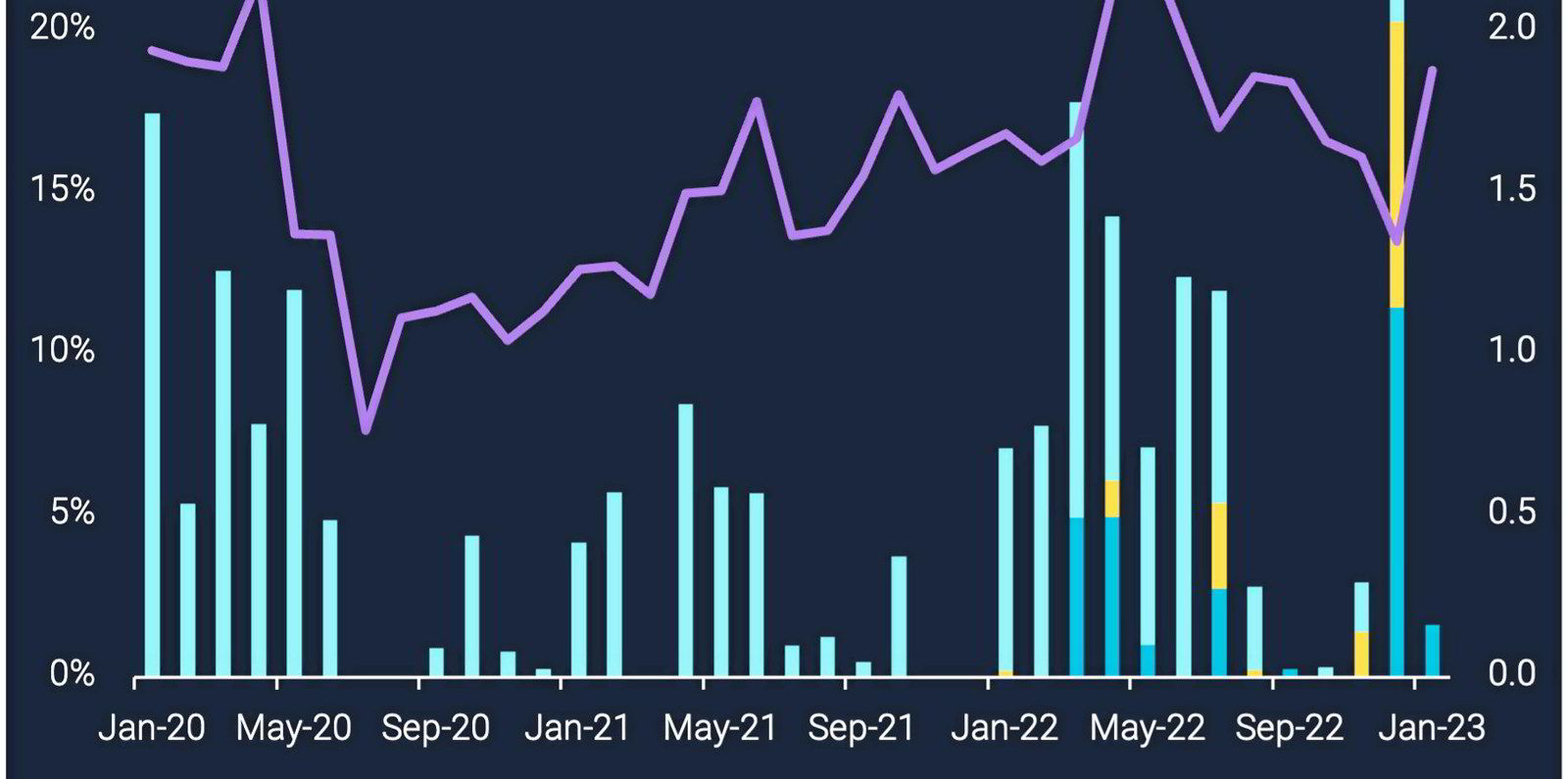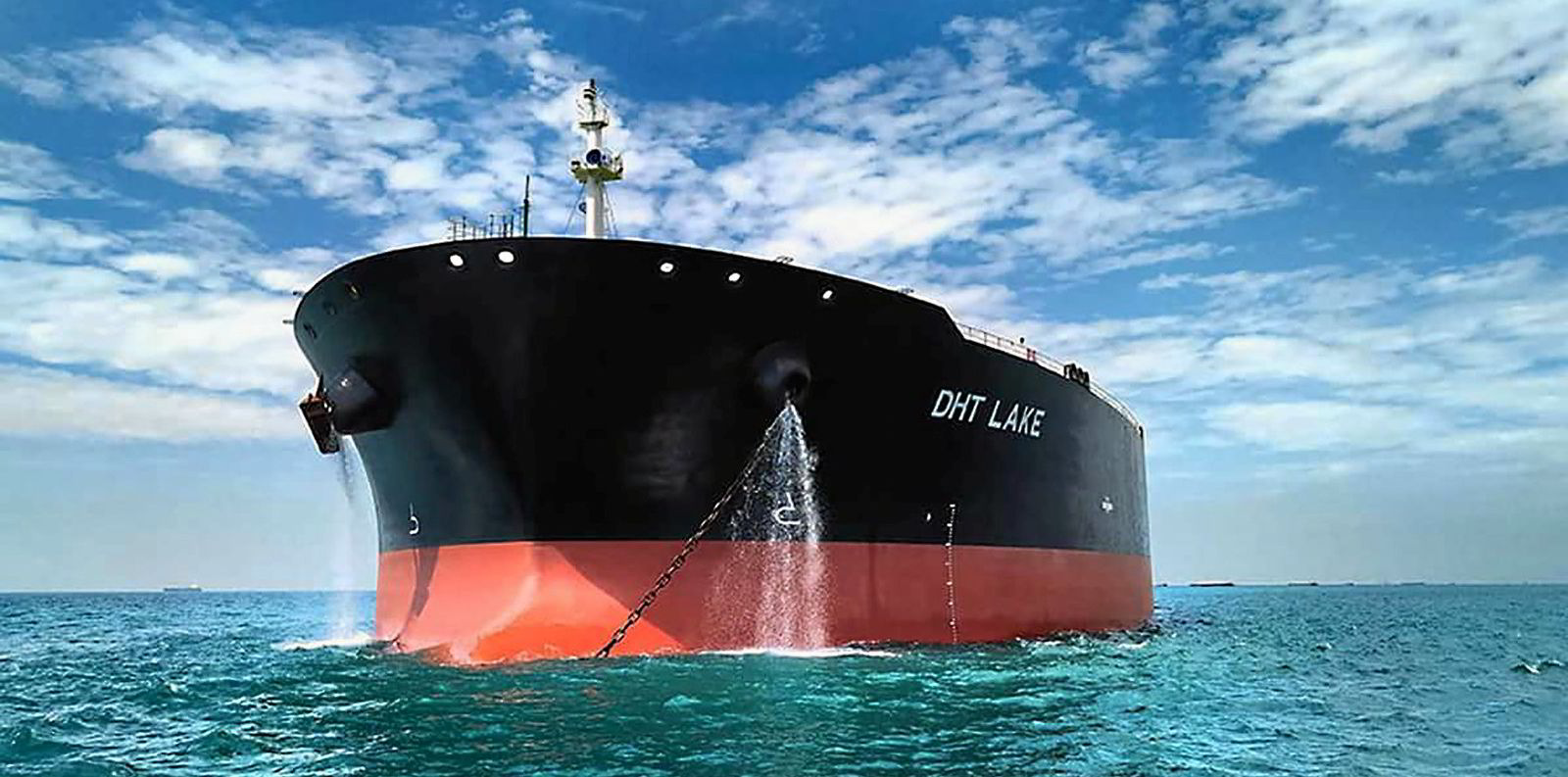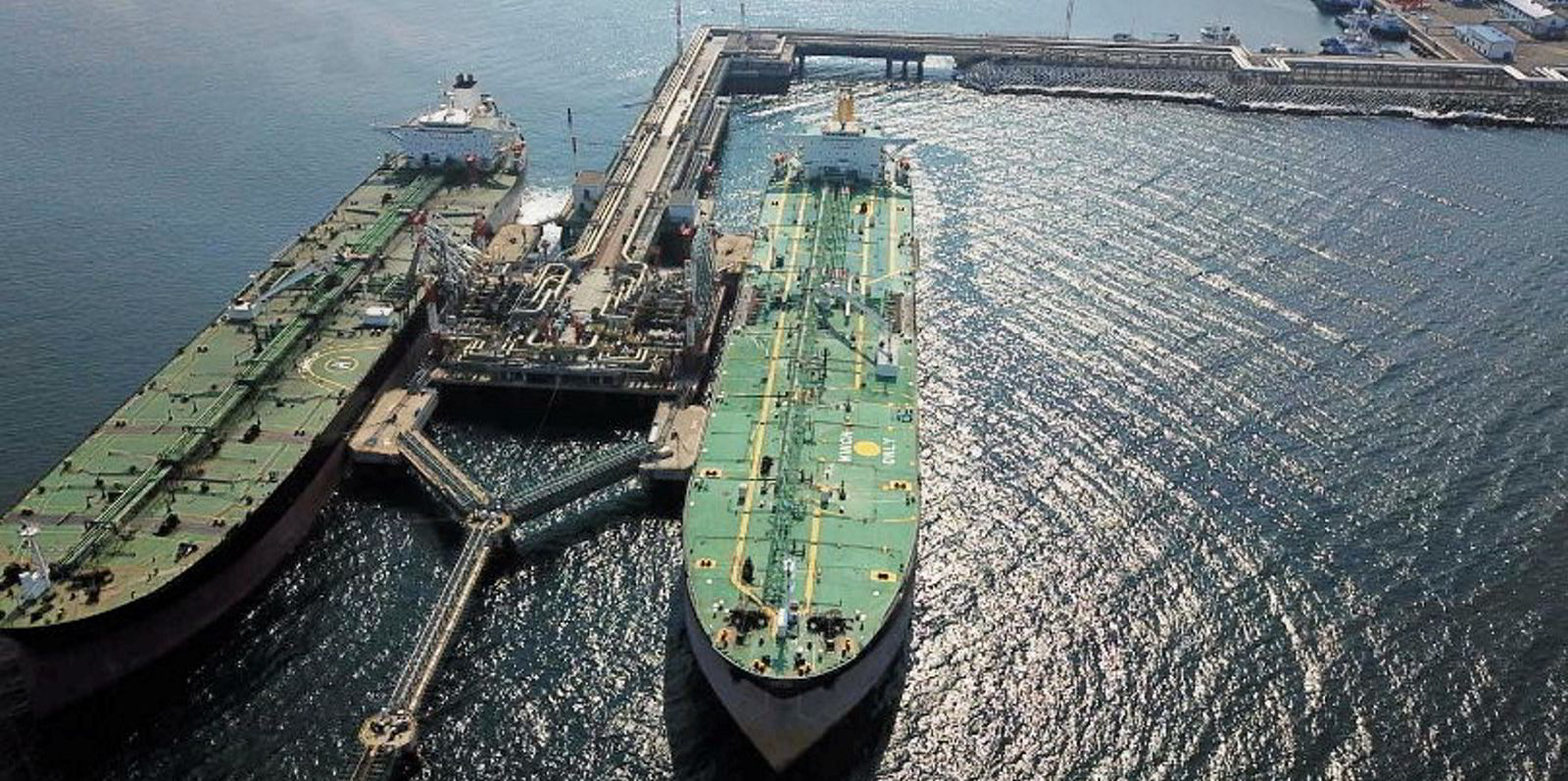Ship-to-ship (STS) transfers of Russian crude to ageing tankers have hit new highs in the Mediterranean as some European authorities impose strict limits on the activity.
One-fifth of exports of Russia’s benchmark Urals crude were transferred offshore at two key Mediterranean locations in December as Moscow juggles with rising freight costs and limited tonnage to maintain its exports, according to data analyst Vortexa.
The shift to STS transfers off the Spanish city of Ceuta on the coast of Morocco and off Kalamata, Greece, are the result of increasingly limited options to carry out the trades, according to experts.
Before the war, half of Urals STS transfers happened offshore Skagen, Denmark, but that has been cut to minimal levels after the authorities imposed strict coastal controls, Vortexa said.
Waters around the Azores in the mid-Atlantic emerged as a popular area for “dark fleet” transfers of Russian crude but the huge Atlantic swell has made that unsafe and impractical at this time of year.
The trade reshuffles and rise in overall STS transfers are prompted by the European Union ban on Russian crude imports on 5 December and the shift in exports to long-haul destinations.
TradeWinds has previously reported how a group of Chinese-owned VLCCs gathered in the Mediterranean for transfers for Russian Urals.
VLCCs do not load from Russia’s Baltic ports, instead receiving oil in STS transfers from aframax tankers.
The exchanges allow larger cargoes to travel long-haul to China to limit high freight costs while freeing up the aframaxes to return to load from key ports such as Primorsk and Ust-Luga.
The 298,600-dwt Lauren II (built 2004) is heading towards the southern tip of Africa, according to Kpler tracking data, after taking on 2m barrels in three aframax transfers in December and January.

A second tanker, the 305,000-dwt Monica S (built 2004), left the region this week after three transfers off Ceuta, according to the tracking data.
The Lauren II and Monica S are managed by companies operating from the same building in Dalian, China.
The Lauren II is owned by Chinese company Greetee Co, which has two VLCCs, according to VesselsValue.

The database lists the beneficial owner of the Monica S as two-tanker company Derecttor. Both are listed as having protection and indemnity insurance with West.
European insurers are allowed to cover vessels to third countries only if the Russian oil cargo is being sold at below the $60 price cap set by G7 countries. Urals crude is currently trading at $58, according to New York-based Trading Economics.
The Vortexa data showed that every STS transfer at Kalamata went to India. Those off Ceuta went to China and India with a choice of routes.
Half-laden VLCCs can travel via the Suez Canal to India, as seen with the Cypriot-managed 306,100-dwt Sao Paulo (built 2003), which left Ceuta on 2 January. Fully loaded, VLCCs have to go further around the Cape of Good Hope.
Sanctioned cargo
Vortexa said some of the tankers involved in STS transfers off Ceuta had previously been involved in moving sanctioned crude.
“Of the twelve tankers that conducted STS transfers offshore Ceuta, seven have been observed carrying Iranian and/or Venezuelan crude before,” said analyst Armen Azizian in a note.
He said the Ceuta tankers are higher risk, with the oldest involved in the trades 26 years old. Oil majors routinely do not use tankers older than 15 years.
Chinese operators accounted for nearly two-thirds of activity off Ceuta, while Dubai-based companies were behind 60% of Kalamata activity, Vortexa said.
Maritime analytics firm Windward said more than 460,000 STS operations took place in 2022, with just 0.4% of them regarded as illicit.





